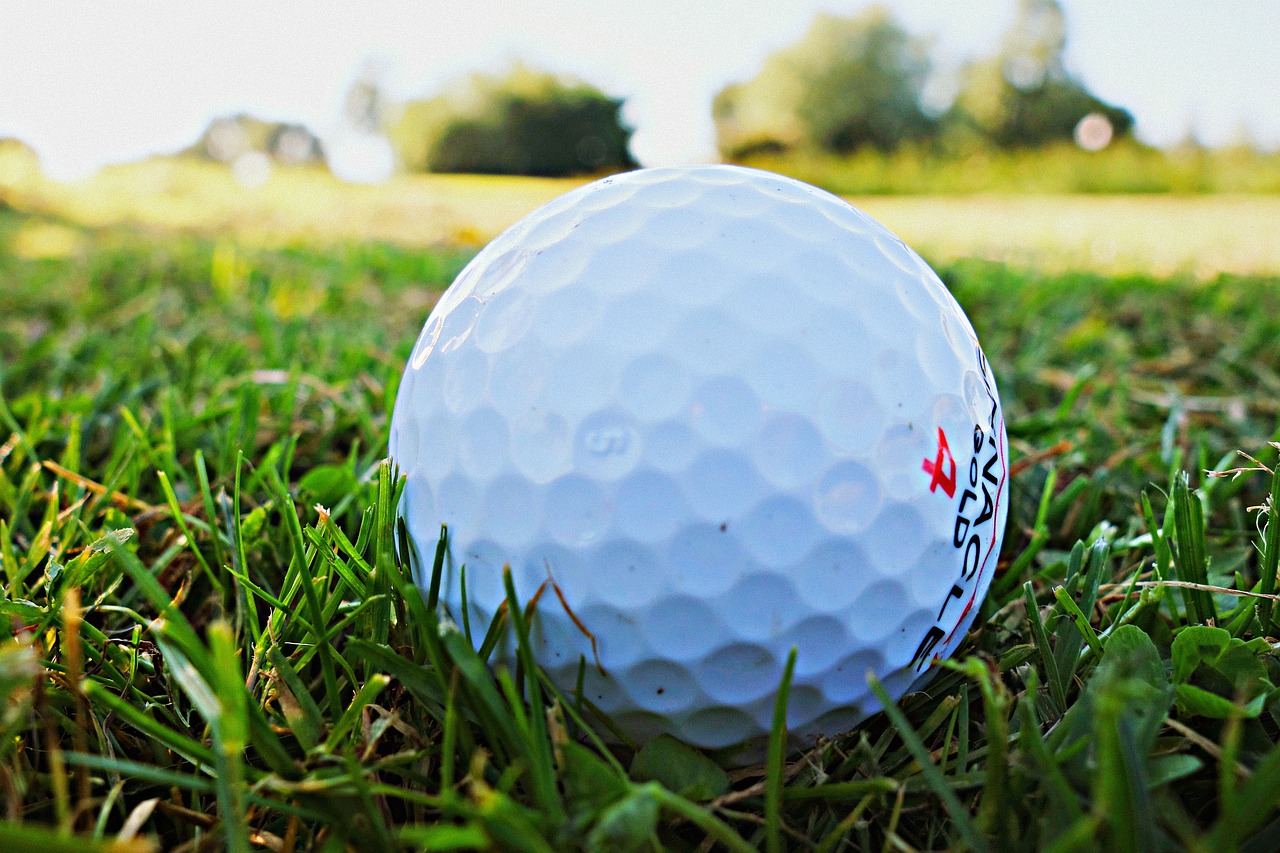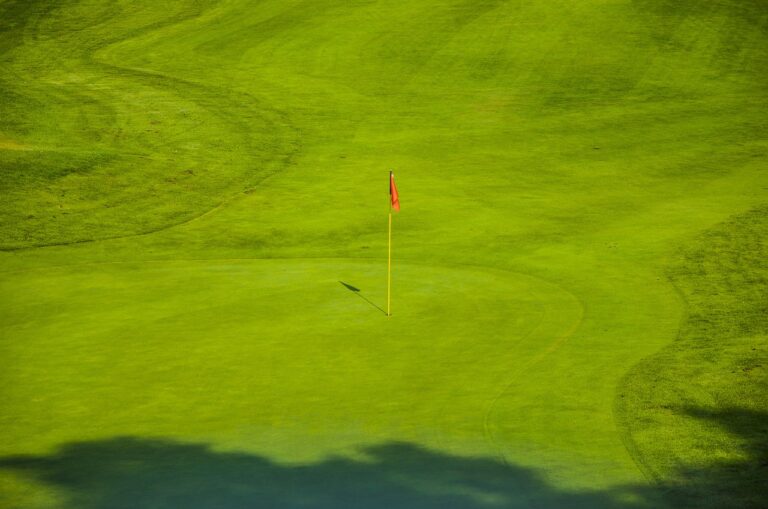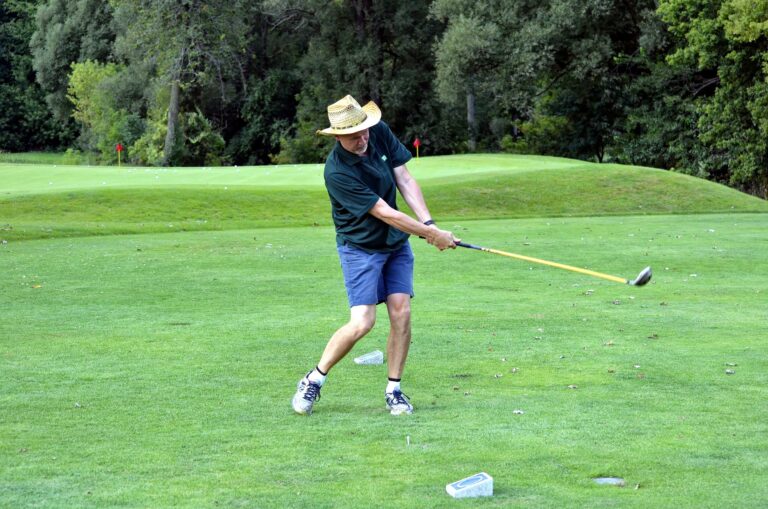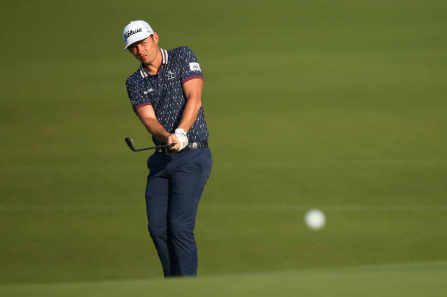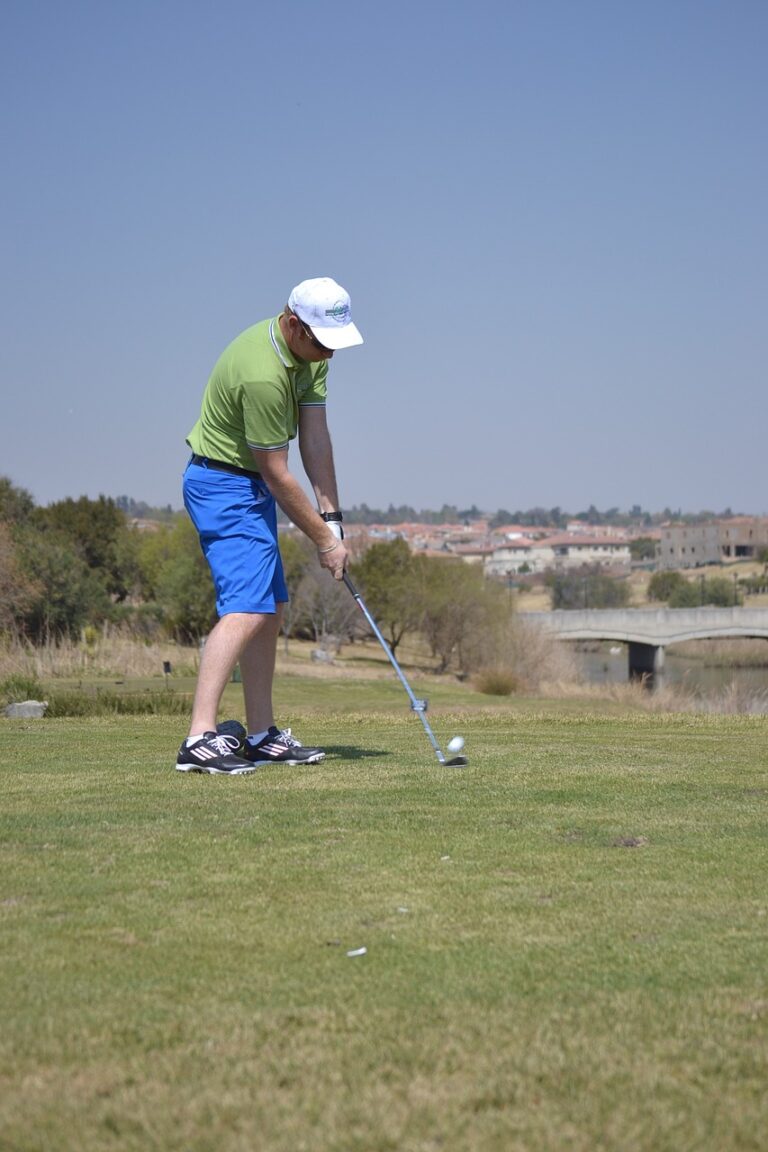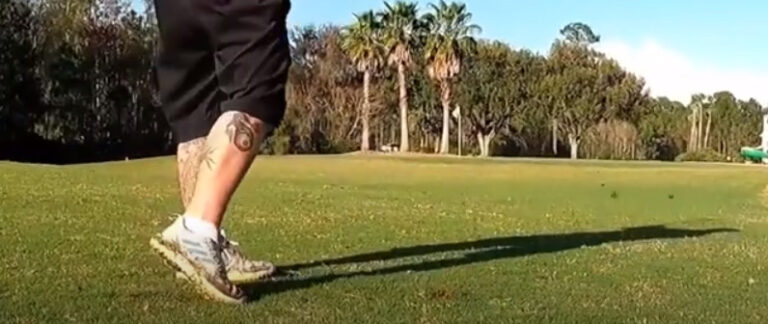how to put backspin on a golf ball
If you are a golf enthusiast, you have probably seen professional golfers hit amazing shots that land on the green and then spin back toward the hole. This is called backspin, and it is a skill that can help you improve your game and impress your friends.
In this post, I will share 5 incredible ways or steps on how to put backspin on a golf ball
What is a backspin on a golf ball?
Backspin is the backward rotation of the ball as it flies through the air. It makes the ball stop or roll backward after it lands, giving you more control and accuracy. Backspin is especially useful when you need to hit over a hazard, such as a bunker or a water, and land the ball close to the pin.
But how do you put backspin on a golf ball? Is it something that only pros can do, or can you learn it too?
The good news is that anyone can learn how to put backspin on a golf ball with some practice and the right technique.
how to put backspin on a golf ball – 5 Seasy steps to put backspin on your golf balls
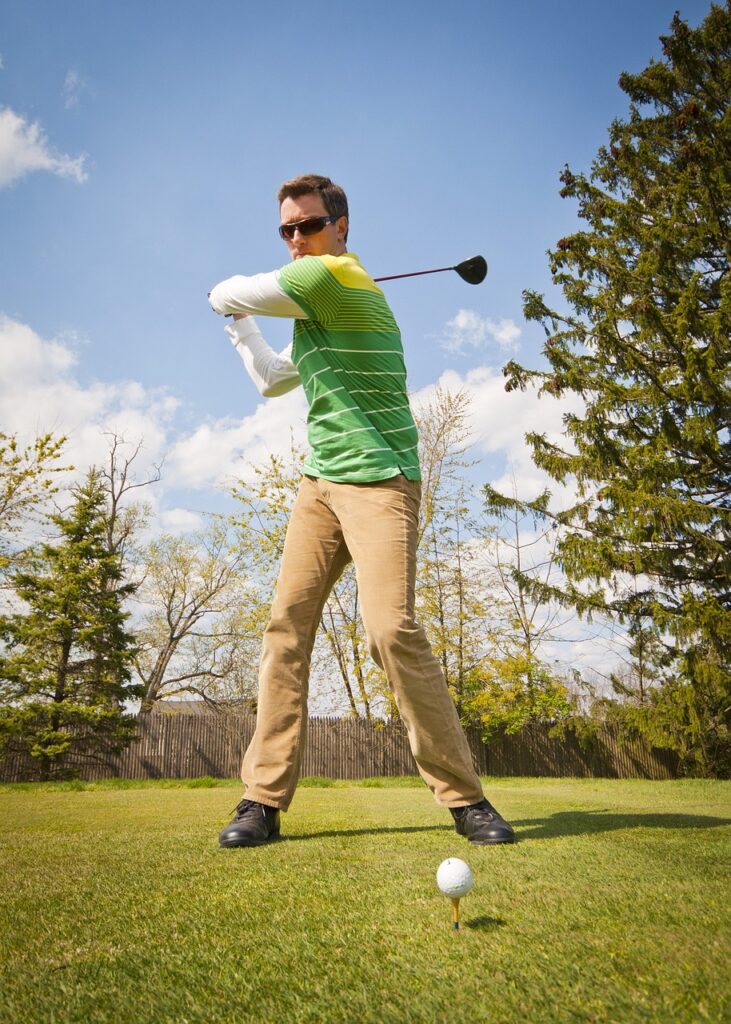
Here are 5 simple steps to put backspin on your golf ball like a professional even if you have never done it before.
Step 1: Choose the right club and ball
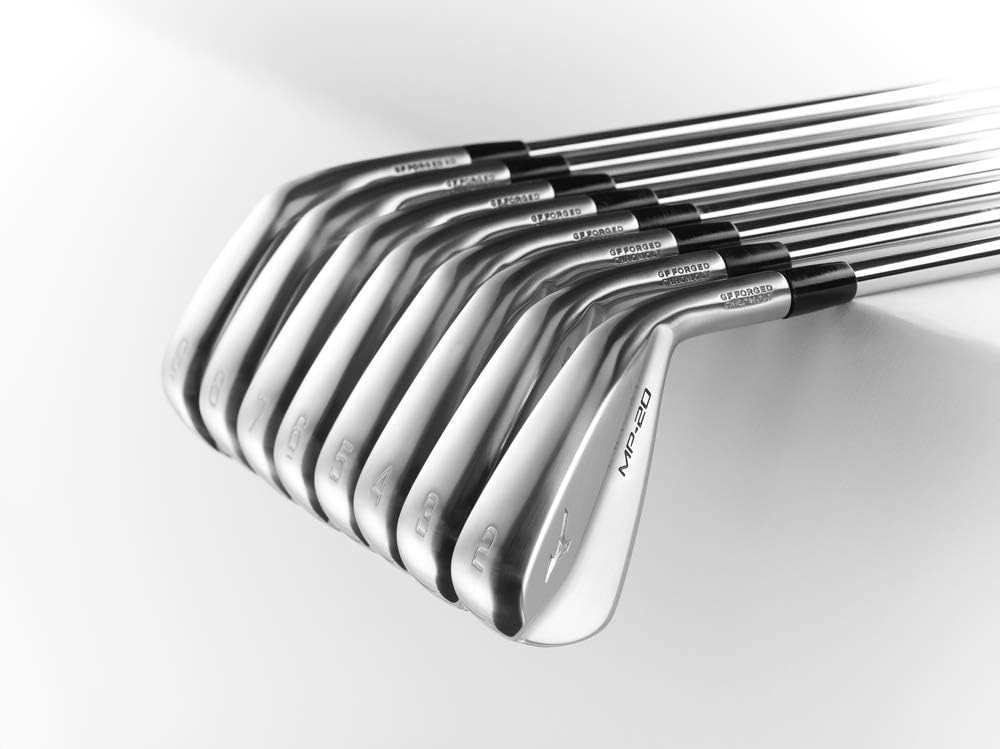
The first thing you need to do is to choose the right club and ball for your backspin shot. The club and the ball are the two main factors that affect the spin rate and control of the ball.
The club: You want to use a club that has a lot of loft, such as a wedge or a lob wedge. The more loft your club has, the easier it is to create elevation and spin on the ball. A lofted club also allows you to hit down on the ball with a steep angle of attack, which is essential for backspin.
The ball: You want to use a ball that has a soft core and a soft cover, such as a urethane-covered ball. A soft core and cover will make the ball compress more and grip better on the clubface, creating more friction and spin. A hard-core or hard-cover ball will not spin as much and will tend to roll forward after landing.
Step 2: Set up to spin
The next thing you need to do is to set up your stance, ball position, and clubface correctly for your backspin shot. The way you set up will determine how well you can hit down on the ball and create a clean contact with it.
The stance: You want to have a narrow stance, with your feet slightly closer than shoulder-width apart. This will help you balance your weight and swing faster. You also want to open your stance slightly, meaning your front foot is farther away from the target line than your back foot. This will help you swing across the ball and create more spin.
The ball position: You want to position the ball toward your back foot, about in line with your right instep if you are right-handed. This will help you hit down on the ball before hitting the ground, which is crucial for backspin.
The clubface: You want to open your clubface slightly, meaning your clubface is pointing slightly to the right of the target if you are right-handed. This will help you create more loft and spin on the ball. However, be careful not to open it too much, or you will slice the ball.
Step 3: Swing with spin

The third thing you need to do is to swing with speed, acceleration, and follow-through. These are the elements that will generate maximum spin on the ball.
The speed: You want to swing fast enough to create a high clubhead speed at impact. The faster you swing, the more spin you can impart on the ball. However, be careful not to swing too fast or too hard, or you will lose control and accuracy.
The acceleration: You want to accelerate your swing through impact, meaning your clubhead speed should be faster at impact than at any other point in your swing. This will create more force and friction on the ball, resulting in more spin.
The follow-through: You want to follow through with your swing after impact, meaning your clubhead should continue moving toward the target after hitting the ball. This will ensure that you transfer all your energy and spin to the ball.
Step 4: Troubleshoot your technique
If you are not getting enough spin or getting too much spin on your shots, there are some things you can do to adjust your technique and improve your results.
If you are not getting enough spin:
- Check your club and ball. Make sure they are clean and free of dirt or grass that can reduce friction and spin.
- Check your angle of attack. Make sure you are hitting down on the ball with a steep angle of attack.
- Check your contact point. Make sure you are hitting as low as possible on the ball before hitting the ground.
- Check your swing speed. Make sure you are swinging fast enough to create enough clubhead speed at impact.
If you are getting too much spin:
- Check your club and ball. Make sure they are not too soft or too lofted for your shot.
- Check your angle of attack. Make sure you are not hitting down on the ball too steeply or too shallowly.
- Check your contact point. Make sure you are not hitting too high or too low on the ball.
- Check your swing speed. Make sure you are not swinging too fast or too slow for your shot.
Step 5: Practice and experiment
The last thing you need to do is to practice and experiment with different shots, distances, and conditions. Backspin is not a one-size-fits-all technique, and you need to learn how to vary your spin according to the situation.
For example, you may want to use more spin when you have a short distance to the green, a downhill slope, or a fast green. You may want to use less spin when you have a long distance to the green, an uphill slope, or a slow green.
You also need to practice on different types of grass and turf, as they can affect the spin rate and control of the ball. For instance, you may find it easier to create backspin on a closely cropped and well-groomed grass than on a long or irregularly groomed grass.
The best way to practice and experiment is to go to a driving range or a practice green and try different shots with different clubs and balls. You can also use a launch monitor or a spin rate analyzer to measure your spin rate and see how it changes with different factors.
Common Mistakes to Avoid When Trying to Put Backspin on a Golf Ball
Even with a solid understanding of the techniques, golfers can fall victim to common mistakes that hinder backspin production. Let’s explore some pitfalls to avoid:
Overspinning the Ball
Attempting to generate excessive backspin on shots that don’t require it can lead to unpredictable results. Match the amount of backspin to the shot’s intended trajectory and landing point.
Incorrect Ball Positioning
Placing the ball too far back in your stance or too far forward can negatively impact your ability to create backspin. Experiment with ball position during practice sessions to find the optimal spot.
Inadequate Swing Acceleration
Insufficient acceleration through the ball can result in reduced backspin. Maintain a smooth and controlled swing, but don’t be afraid to accelerate through impact to maximize spin.
Ignoring Course Conditions
Different course conditions can affect how the ball reacts to backspin. Pay attention to the firmness of the greens and the presence of hazards that may influence your shot selection.
Conclusion
Backspin is a skill that can take your golf game to the next level. It can help you control your ball better, land it closer to the hole, and avoid hazards. However, it can be very difficult to come up with, as it requires a bit of practice and technique.
Also, it’s important to note that, backspin is not just about impressing others with jaw-dropping shots; it’s a valuable tool that enhances your control over the ball and enables you to navigate the course with finesse and precision.
So, head to the practice range, implement the techniques, and watch your backspin improve with each swing. Soon enough, you’ll be executing shots with remarkable spin and leaving your competitors in awe of your newfound mastery.

